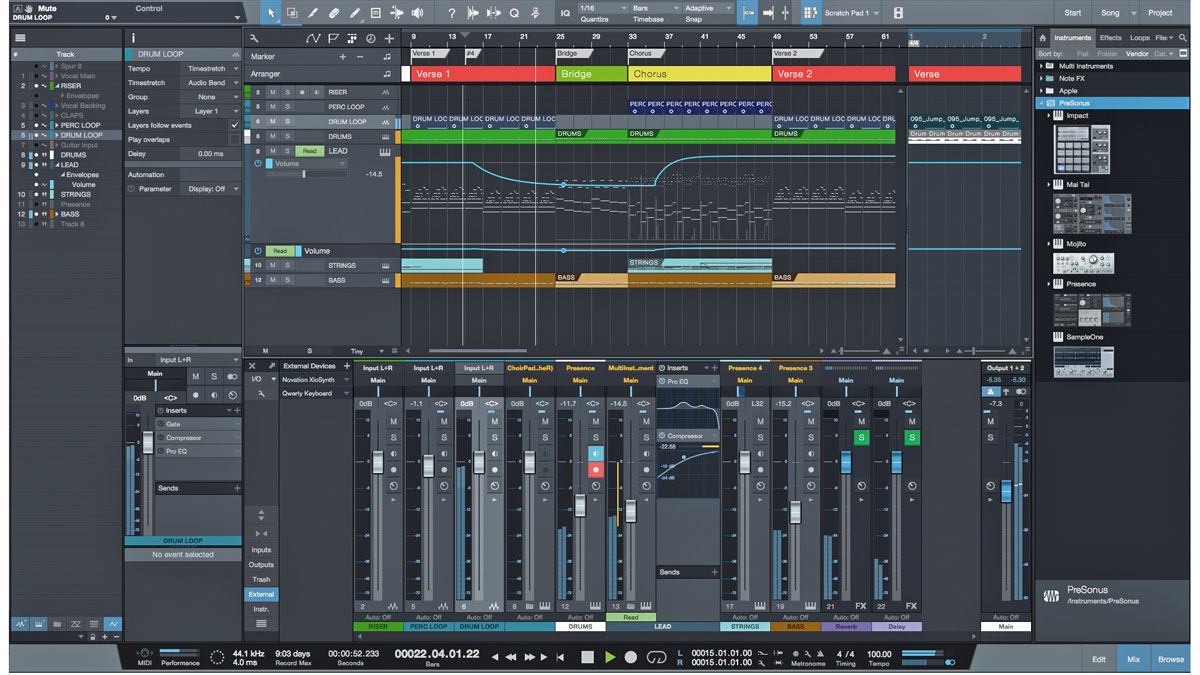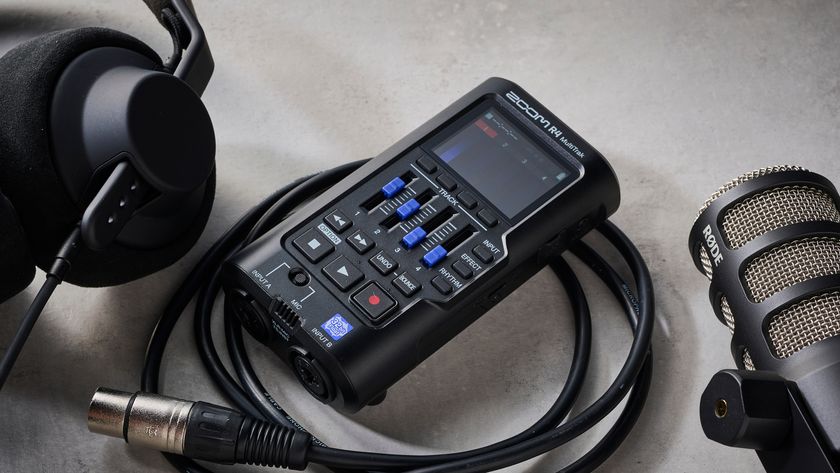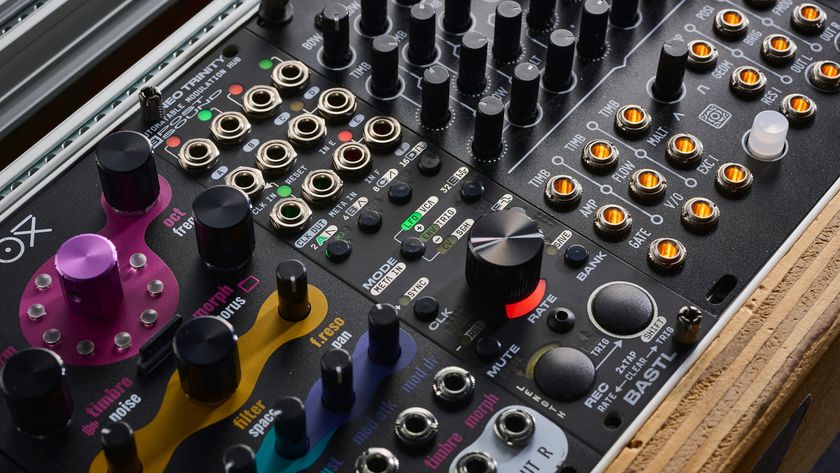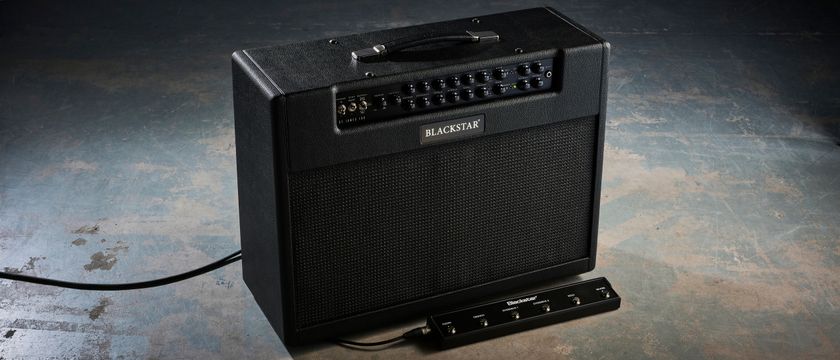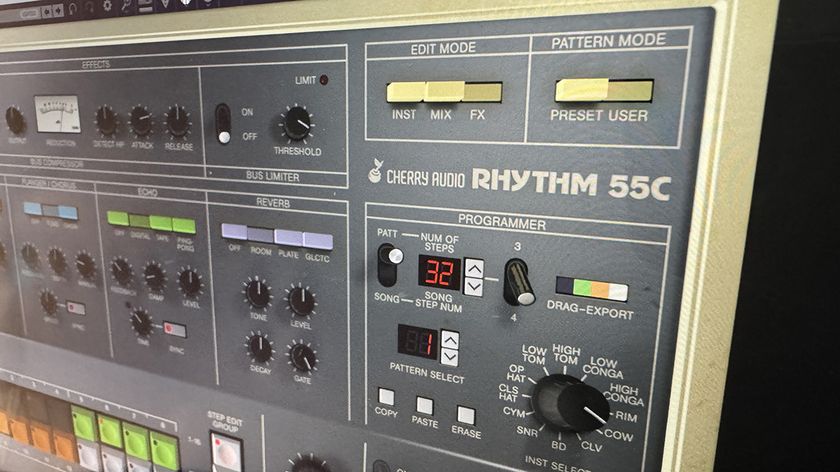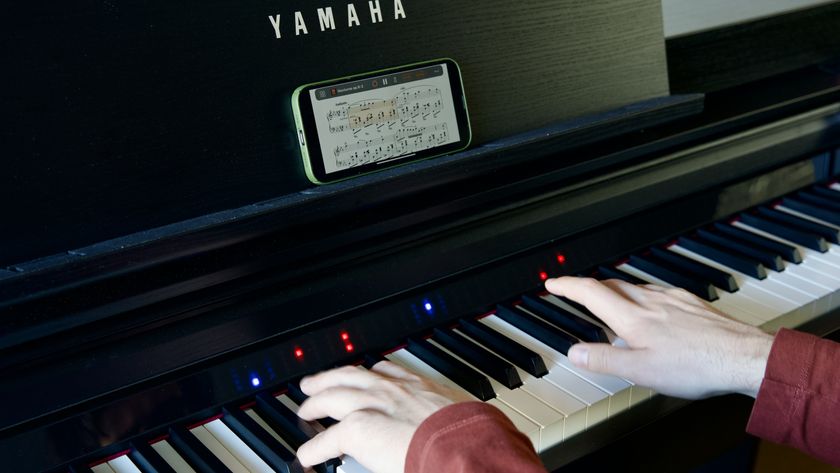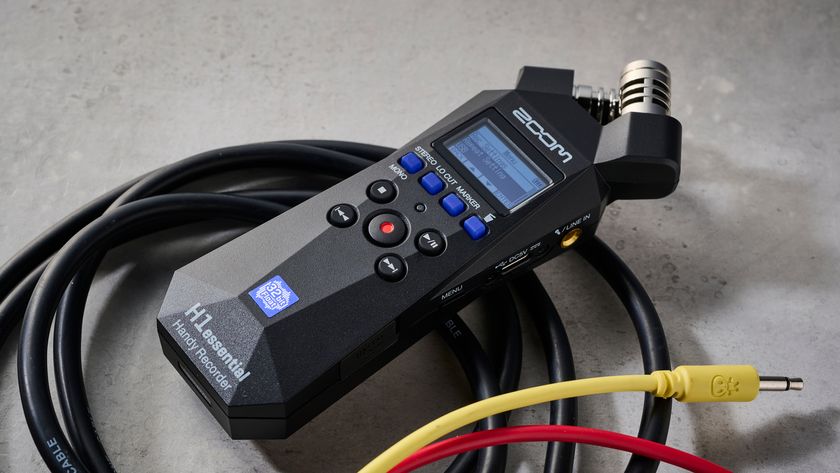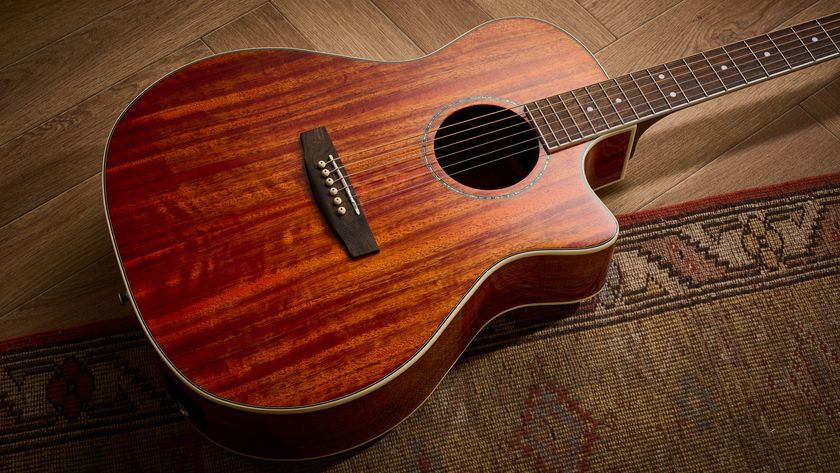MusicRadar Verdict
V3 of this impressively mature DAW proves well worth the wait, with a raft of clever new features and plenty of usable soundware.
Pros
- +
Vastly improved sound library. Powerful Extended FX Chains. Useful 'MIDI' Note FX. Slick new graphics. Improved Browser.
Cons
- -
One-window design not suited to small monitors. Presence XT not quite a true sampler.
MusicRadar's got your back

PreSonus Studio One 3

Add ons

Arpeggiator
Establishing the next-generation standard in DAWs is proving a little tricky, but with Presonus' Studio One 3 the industry's youngest big hitter might be in with a shot.
With three years having passed since Studio One 2, the second iteration of PreSonus' well regarded DAW, expectations for Studio One 3 are understandably high.
Version 1 launched in 2009 with unlimited audio, MIDI and instrument tracks, multiple take Layers when recording, four instruments (SampleOne, Impact, Presence and Mojito), extensive drag-and-drop functionality, a one-window workspace, and CD mastering via the Project page.
"Studio One 3's bundled content has been given a big boost"
Version 2 added audio transient detection, phase coherent multiple audio track editing, track folders, the Track list, event-level processing, track freeze with editing (called Transform), and a fully integrated version of Melodyne.
What's more, a couple of our review gripes (no editing of track folders or internal bussing to track inputs) were added with the v2.5 update. For all its positives, though, the 18GB of bundled content and limited onboard instruments still felt a little underpowered.
Here we are at Studio One 3, then, which sees the mid-range Producer option binned, and the remaining Professional (which we're reviewing here) and Artist options joined by Studio One Prime (which is still to be released at the time of writing), replacing Studio One Free.
Studio line
Studio One 3's bundled content has been given a big boost, the headlines being the new Mai Tai polyphonic virtual analogue synth and updated Presence XT sampler, both of which are powered by an entirely rebuilt instrument engine.
Both instruments sport single-window GUIs with parameter modulation (16 slots), effects (Modulation, Delay, Reverb, Gater, EQ, Distortion and Panner) and the virtual keyboard housed in two foldaway panels. Presence XT's 14GB library includes pianos, strings, tuned percussion, guitars, brass, basses and a few vintage synth sounds.
It's worth saying that Presence XT, although capable of importing third party sampler patches (EXS, Kontakt, Giga and SoundFont, most pertinently) and badged as a "sampler", remains a sample playback instrument with no user accessible sample import, editing, layering and so on. PreSonus says that a Presence Editor option offering such functionality is in the works, and it will be a paid-for add-on via the PreSonus shop.
Neither instrument is particularly groundbreaking, and Mai Tai's two-oscillators-plus-sub-oscillators-and-noise-generator formula is wholly unremarkable and available in any number of free alternatives. However, its 200+ presets are rather good, particularly the edgy sounds in the Heavy Artillery folder.
With Presence XT, we really like the choice of keyswitch articulations for many of the sounds, including the electric basses and orchestrals - for a bundled library, it ain't half bad.
For session compatibility, v3 includes all the v2 sample packs, such as those by Nine Volt Audio Guitars and Vengeance, while new packs from MVP Loops, Big Fish Audio and Sample Magic add 4000+ new loops and one-shots in PreSonus' 'audioloop' tempo matching format.
Function and form
On to the more functional side of things. At the top of the interface, the Arranger Track provides quick arrangement editing, with moving, inserting, copying and deleting of sections, which are created manually or generated from the Marker list. It works well, making experimenting with arrangement ideas easy.
The new Scratch Pad panel opens to the right of the Arrange view, providing a temporary area in which to try out alternative ideas. You simply drag parts in from the arrange view to copy them over, and use the Scratch Pad like a second arrange view with independent playback.
When you've come up with something you like, drag your edited parts back over. The Scratch Pad also includes its own Arranger Track, enabling easy insertion of whole sections.
On the effects front, there are two new audio processors - Rotor (a Leslie cabinet) and BitCrusher - and the introduction of MIDI effects via the new Note FX module. This sits in the Instrument track Inspector and gives access to four effects: Arpeggiator, Chorder, Filter and Repeater. It's a great addition, upping Studio One's MIDI programming fun factor.
Multi kill!
The new Multi Instruments let you combine multiple instruments (Studio One's own and external plugins) on a single track, to build complex layered hybrids. They're created by dragging additional plugin instruments onto an already-loaded Instrument track, upon which the dedicated Instruments editor window pops up, giving access to all of them and enabling configuration of keyspans, insertion of Note FX, paralleling with the Splitter plugin, configuration of eight assignable Macro Controls and more.
"Studio One 3 is a very solid update, boasting greatly improved content"
Extended FX Chains expand upon v2's insert FX Chains, which merely saved track insert effects into preset chains. They're incorporated into the new floating Channel Editor window, which, as well as housing volume, pan, mute and solo controls, enables routing of the effects chain signal flow within a channel, and assignment of that channel's (also new) Macro Controls to effects and Instrument parameters.
Each effect is represented by an icon in the Channel Editor's Routing page (click to open the full plugin GUI), and the Splitter module makes setting up parallel and multiband (up to five bands) processing a snap.
Studio One 3 looks prettier than ever, with its new high-DPI graphics designed to work better with touchscreen displays - multitouch is now also supported, and Slate Digital are planning to support it with their Raven MTI.
iPad users, meanwhile, can take advantage of the Studio One Remote controller app, available for free from the App Store. Finally, further tweaks include a much-improved browser, a second user-selectable edit tool, coloured channels, resizable faders and automation curves.
On the down side, even with its improved graphics, Studio One's single-window interface demands a fairly large monitor, which makes it a bit frustrating to use on a laptop. The sombre grey hue is also arguably less easy on the eye than v2's more lively pale grey.
Those GUI-related issues aside, Studio One 3 is a very solid update, boasting greatly improved content, a significantly more powerful and creative featureset, and a generally more professional feel. It all adds up to a well-rounded DAW that, for the most part, stands shoulder-to- shoulder with its far more established rivals.
Computer Music magazine is the world’s best selling publication dedicated solely to making great music with your Mac or PC computer. Each issue it brings its lucky readers the best in cutting-edge tutorials, need-to-know, expert software reviews and even all the tools you actually need to make great music today, courtesy of our legendary CM Plugin Suite.

MusicRadar deals of the week: Score a massive £800 off the Gibson Mary Ford Les Paul, £400 off the Dave Grohl signature Epiphone, as well as hundreds off live sound equipment
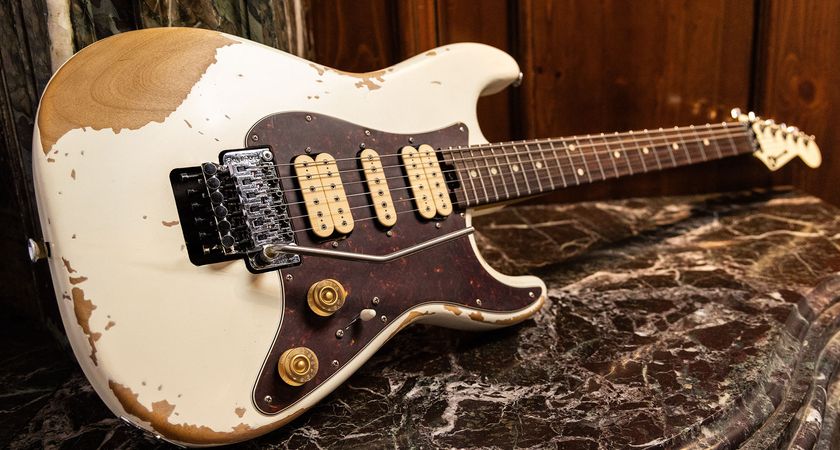
“The look of a road warrior that has many more glorious miles ahead of it”: Charvel’s new limited edition Super-Stock So-Cal Style 1 is a box-fresh hotrodded S-style that looks like it’s got some serious city miles on it
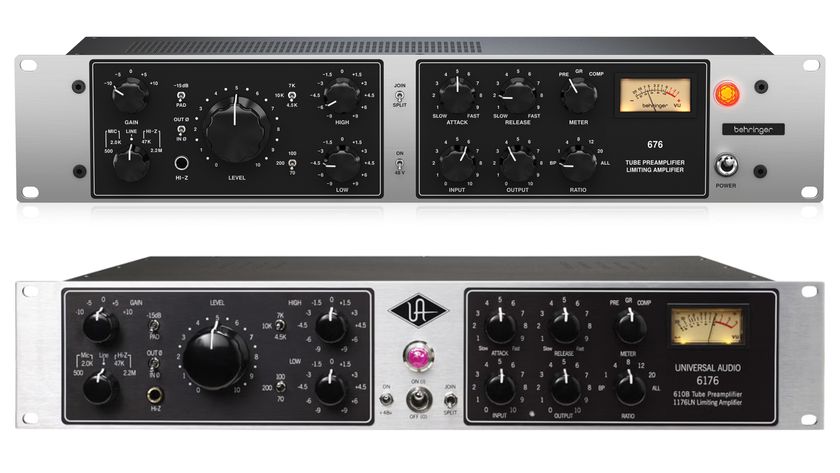
Has Behringer gone too far with the 676, its clone of the Universal Audio 6176?
